In the soil beneath your feet, there is an invisible world, which is continuously transferring its life to the plants and trees that grow above it. Home gardening is an activity which nurtures this transfer, but unfortunately due to urbanization and the development of technology it is a dying habit, especially among the youth of today. However if you’re a person interested in it, but lack the motivation or the know-how, read on to find out on why you should start your own home garden, and how you can get about doing it!
- Is home gardening possible now?
Yes, it is. Anywhere, anytime.
- I don’t know much about home gardening
There is absolutely very little you need to know about home gardening. Home gardening is not solely about ‘growing what you eat’, it is also an exercise. A healthy way of increasing happiness and contentment, relieving stress which ultimately helps your long-term mental health.
The most important thing about home gardening is ‘home gardening should be done your way’.
The garden will express your emotions and effort in terms of harvest.
- What can I grow? I have no space, and can’t decide on what to grow
I shall answer these three problems in one section as it falls under an important theory about home gardening.
It is the space-time-benefit theory. This theory helps to finally identify the optimum plant mix for any garden.
Space refers to the total area available for you to maintain a home garden. Time refers to the total time that is available for you to engage in the garden while benefit refers to the level of return you gain in terms of crop.
As you can understand, there is a clear connection between these three factors. Let me explain this to you in an example.
Imagine you, a working individual, have a balcony area to manage a home garden.
As you can understand the time and area available to you is very limited. Which means managing a garden with various kinds of fruits plants (mango, pomegranate etc) or some vegetable plants (cabbage, cauliflower etc.) is quite difficult as they require much space as well as caring.However, you could utilize the same resources and grow 5-6 varieties of green leaves in your garden. It requires less space as well as caring but would yield a good healthy crop for your daily use.
Here are a couple of pictures of my home garden for reference.
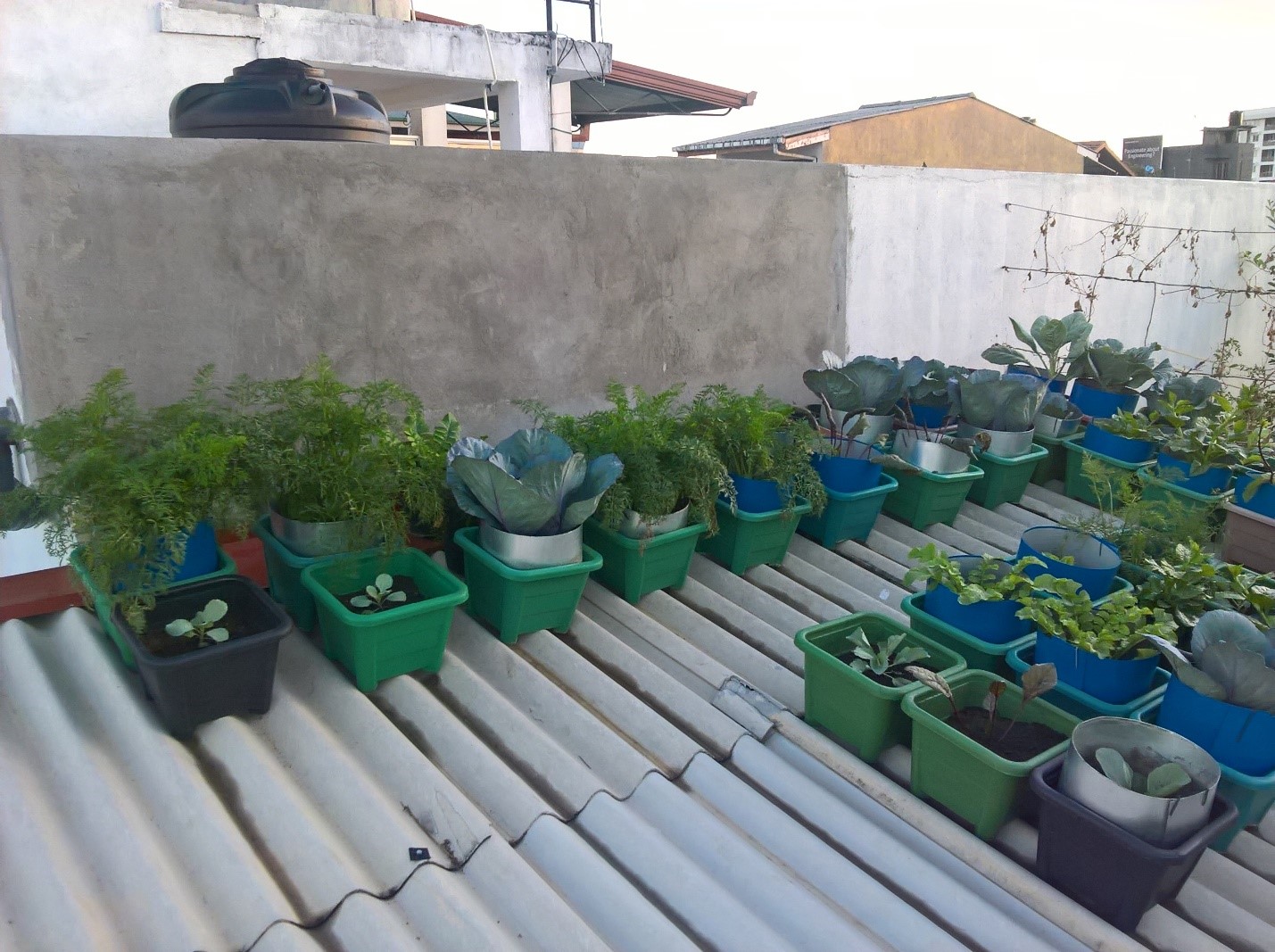
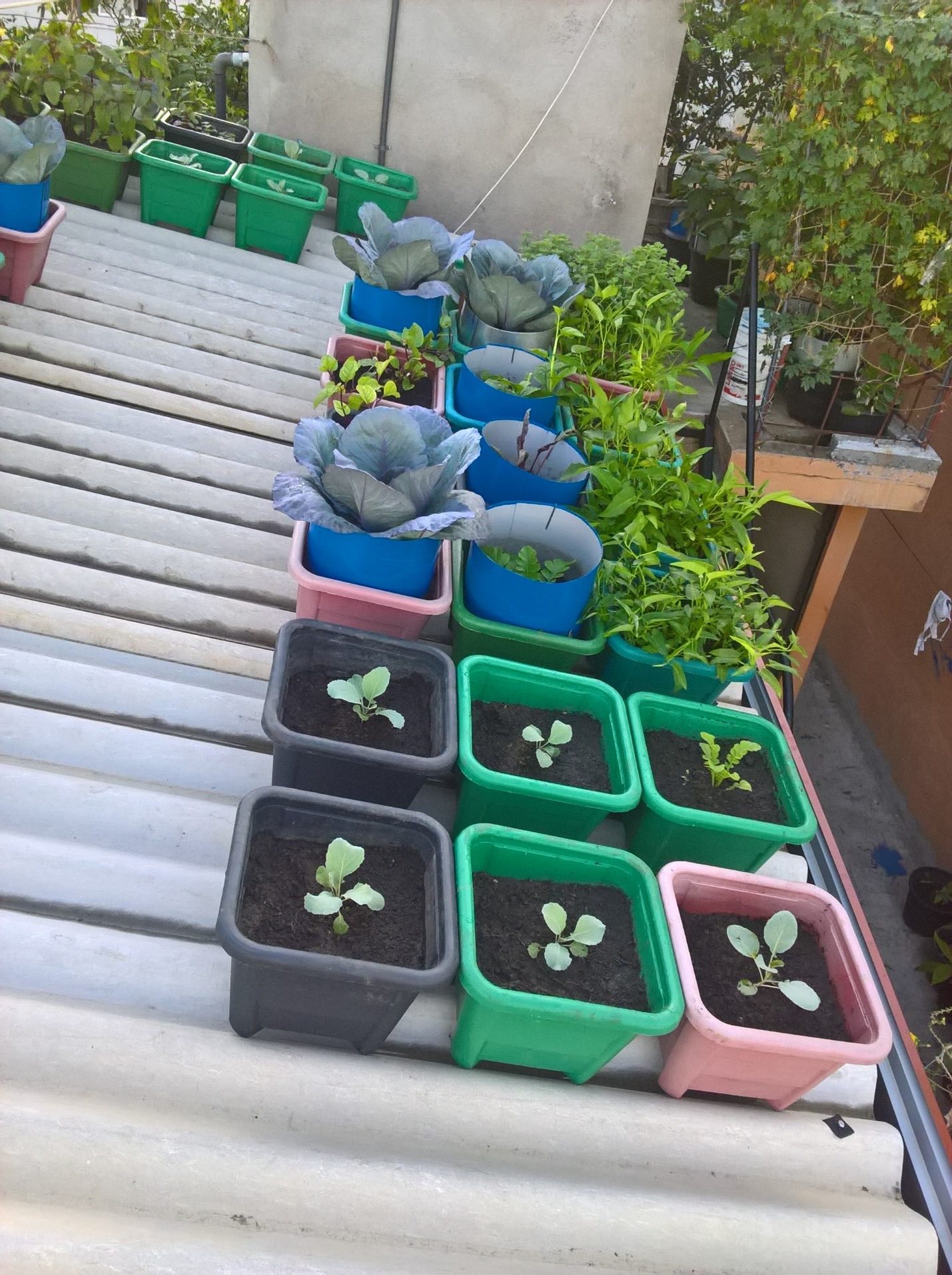
- How do I start?
Firstly, understand the space available to grow.
Then match the space with the plants that you can grow. In a large area with a space to use the ground, planting trees would be a possibility. But with a small space you will have to focus on smaller plants that will have to be planted in pots/containers.
After understanding what can be grown, narrow the list down to a couple of plants that you are comfortable growing.
Finally, be positive and start your home garden.
Also remember not to limit yourself from TRYING various varieties of fruit plants, vegetable plants or herbs as they can always offer joy and excitement to your life.
- I would rather buy from the market
Imagine a meal you’re enjoying with your family. All or some of the varieties are picked from your garden. Its safe. Its lovely. You can feel the goodness all the way through.
Does that meal feel special?
Do you think you would feel the exact same way if everything was bought from the market?
If yes, this blog is not for you my friend.


- Do I need to buy various kinds of fertilizers?
Nope, you don’t. The fun fact is that all the nutrients you need and more are at an arms-length to you. Here are some:
- Banana peels – Banana peels are a rich a source potassium. These helps any vegetable plant and especially flower plants like roses. All you need to do is simply cut the peels into small pieces and throw them into the hole before planting.
- Coffee grounds – These are rich in nitrogen which helps acid loving plants such as tomatoes to grow. All you need to do is dry it and sprinkle on top of the ground or pour a liquid version on top of it.
- Egg shells – These are rich in calcium and feeds plants such as tomato and pepper well. All you need to do is first wash and then crush the egg shells and use it in the potting mix or simply throw a couple of crushed egg shells to the hole before planting.
- Weeds – Believe it or not, weeds are a good-easy fertilizer you can find. It is rich in nitrogen which is an essential nutrient for any plant. First take out the weed and dry them, root and all. Now break it into smaller pieces and add to your potting mix.
- Cow manure – For most people living in the town area cow manure is difficult to find. Although you can purchase this for a very cheap price at any agriculture outlet in town. This, as is known by many of us is one of the best fertilizers that has nitrogen and even phosphate. All you need to do is mix it with your potting mix.
- Leaves and vegetable scrap – These include heads of vegetables such as brinjal, carrot and beetroot as well as remnants of apple, watermelon, papaw you had for your dessert. These are all-natural fertilizers you can find at an arms-length to you. All you need to do is dry them for about a day. Then cut them into very small pieces and mix them with your potting mix.
- Animal matter (insects, worms etc), human urine are also high sources of nutrients that can be used although they are rarely used due to several reasons.
IMPORTANT = Make sure to not over use any of the above fertilizers as they are only supporters/replenishes. The base should always be the soil.
- What would be the cost?
Home gardening is not a cost, its rather an investment! The investment can be as follows.
- The investment on buying plants/seeds – This is a minor investment of a couple of rupees. You can even germinate plants using the seeds you find in the vegetable and fruits you buy from the market.
- Investment to provide nutrients to soil (fertilizer, dirt) – as mentioned in question no 06, it is clear that you can your fertilizer at your home itself.
- Investment to water plants – This can of course be over weighed by the return achieved in terms of crop. Methods to save, recycle the water can also be considered to gain an additional benefit.
- Investment of tools and accessories – We are not looking at growing at an industrial level, hence the investment can be simply on pots/containers (if it is only possible to grow in pots/containers), tools as you prefer and a pair of gloves (optional)
- It is very important to understand that home gardening does not have to be started with 50-60 varieties. You can simply start with about 2-3 varieties and gradually build up as you make progress.
- How much effort is required?
The plant grows on its own of course. Therefore, it is only a matter of taking care of the plants by clearing weeds, managing diseases and watering the plants as needed. Basically, giving the love and care the plant requires.
- How to manage diseases, rodents and harmful insects?
Various diseases, attacks from rodents and harmful insects are common in any garden. Hence managing it is important to maintain a healthy garden. Here are some methods you could use.
- Acquiring disease free plants and seeds – This is the first solution to have avoid diseases. Buying well sealed and treated seeds will ensure that this risk is minimized.
- Crop rotation and proper nutrition – This is one of the oldest and economical methods used in order to control diseases and improve crops. In the case of planting in pots/containers it would be a wise option to remove the soil from the pot/container, replenish it with your fertilizers after the crop yield is over. This will prevent the plants from facing various diseases due to malnutrition.
- Resistant varieties – Plants such as mint, salvia flowers etc. resist harmful insects and rodents.
- Solarization – For further preparation of the soil, some modern growers use solarization. Here you cover the soil with a sheet of plastic and leave it for about 2-3 weeks under the hot sun. This increases the temperature of the soli killing many soil-home pests, insects and weeds.
- Time of planting – Planting vegetables and fruits at the right time helps reduce losses from several pests. For example, planting varieties of cabbage, cauliflower during heavily rainy seasons and help the development of cabbage worms. Hence, they should be grown during a controlled rainy season. Plants such as potatoes and garden soil can be planted in cool soil although plants such as beans or cucumber do well in the warm soil.
- Chemical control – it is important to have control over using chemicals as they not only resist the harmful insects but also the needy insects as well. It also is certainly clear that the use of chemicals reduces the quality of the fruit or vegetable you grow.
Hence, we should try our best to stay away from these as much as possible.
- I don’t have time for this
If you have taken your time reading this blog, you surely have enough time to take care of at least one lovely plant.
I hope this answered most of the questions you would have had. Below, I have attached pictures of my home garden, hoping that you could see that a home garden can be grown anytime, anywhere. Till next time!
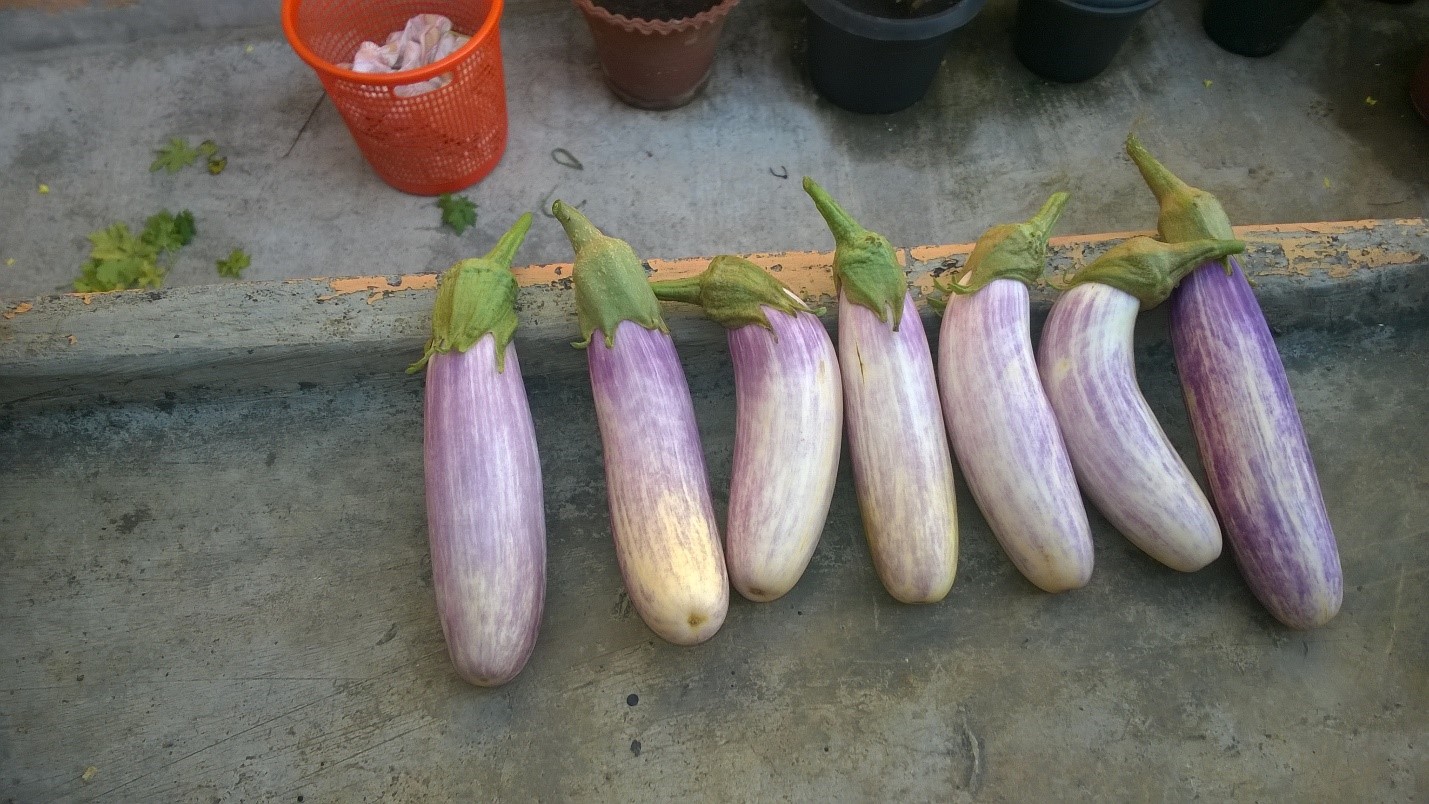
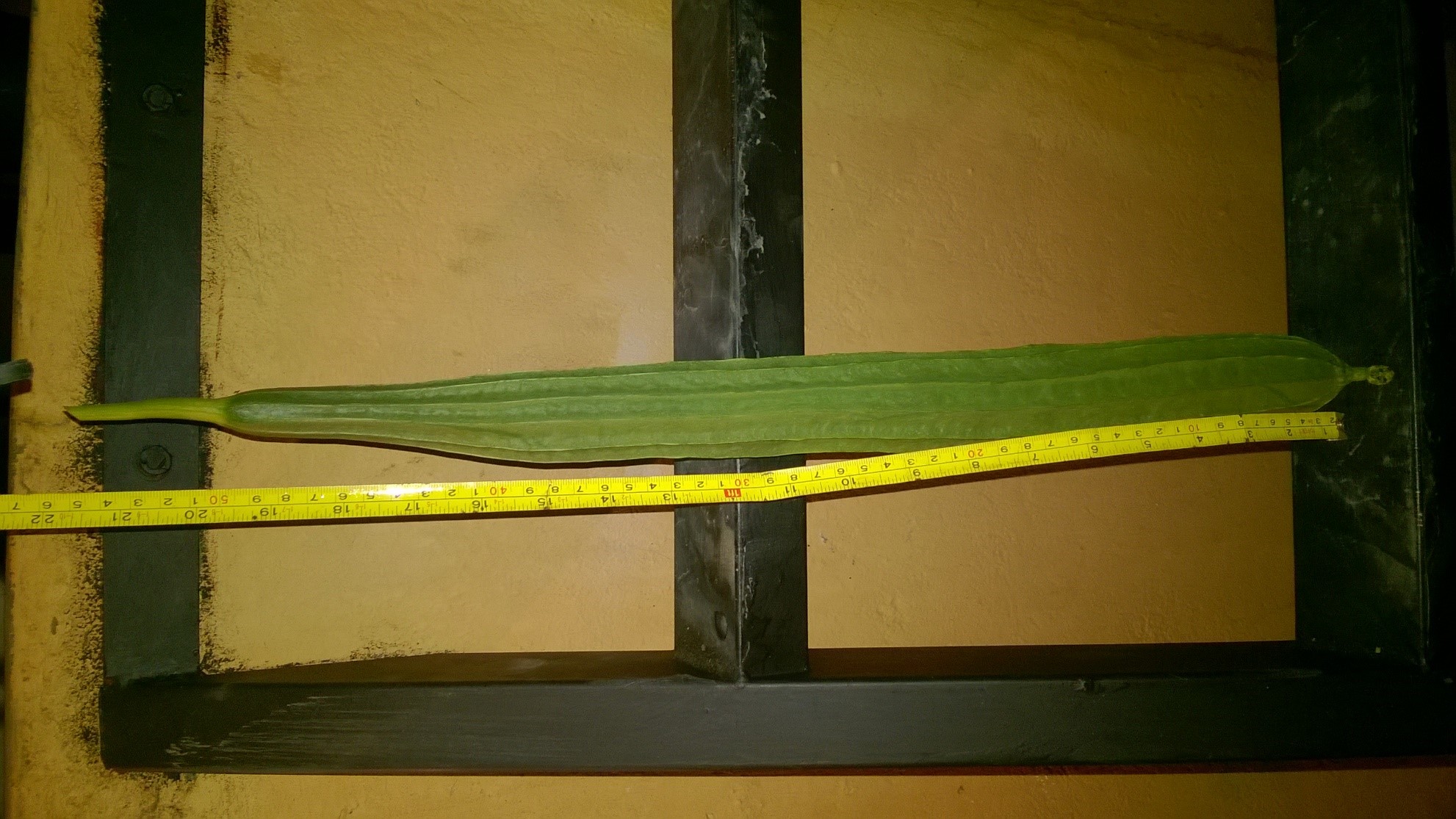
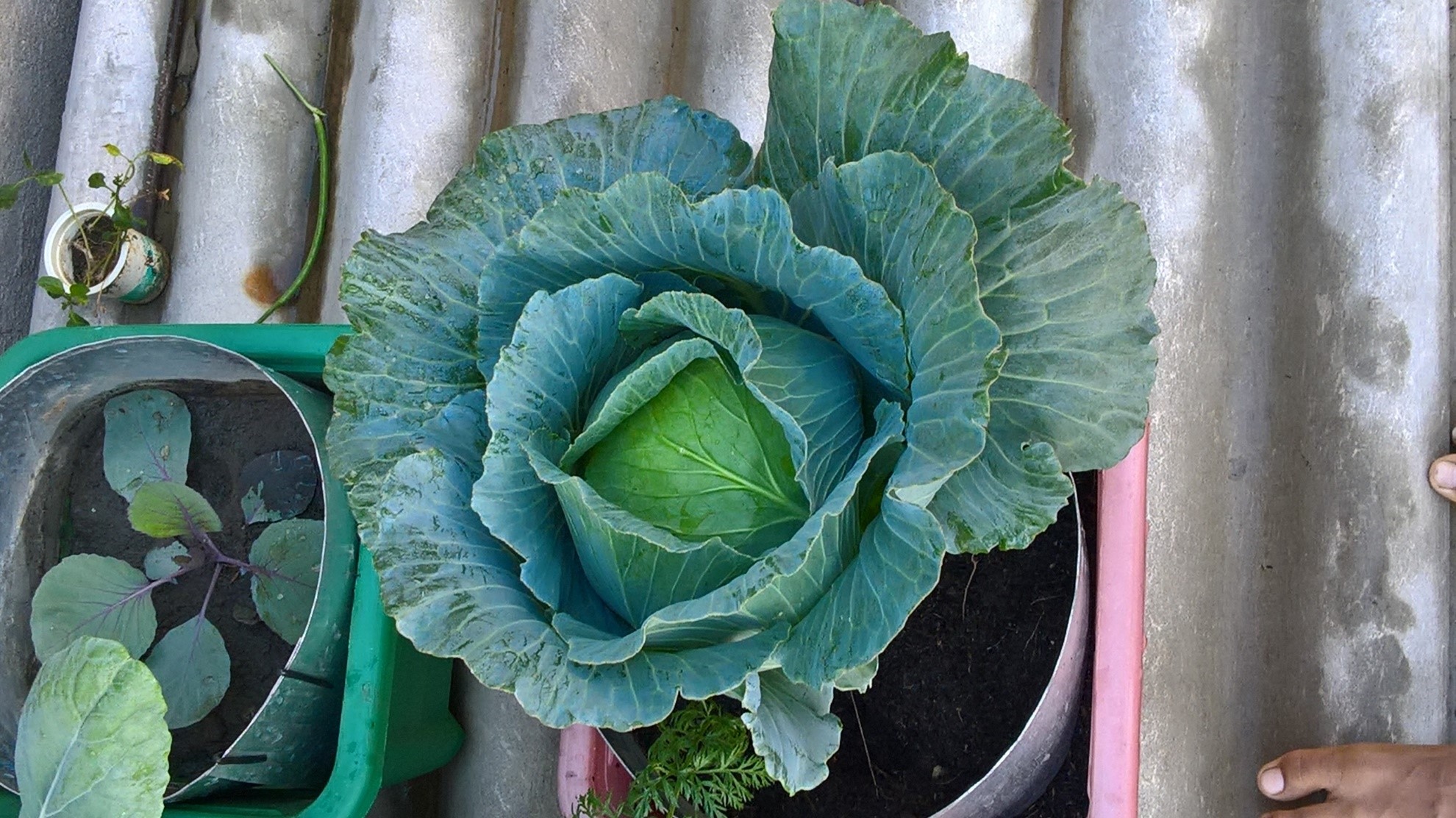
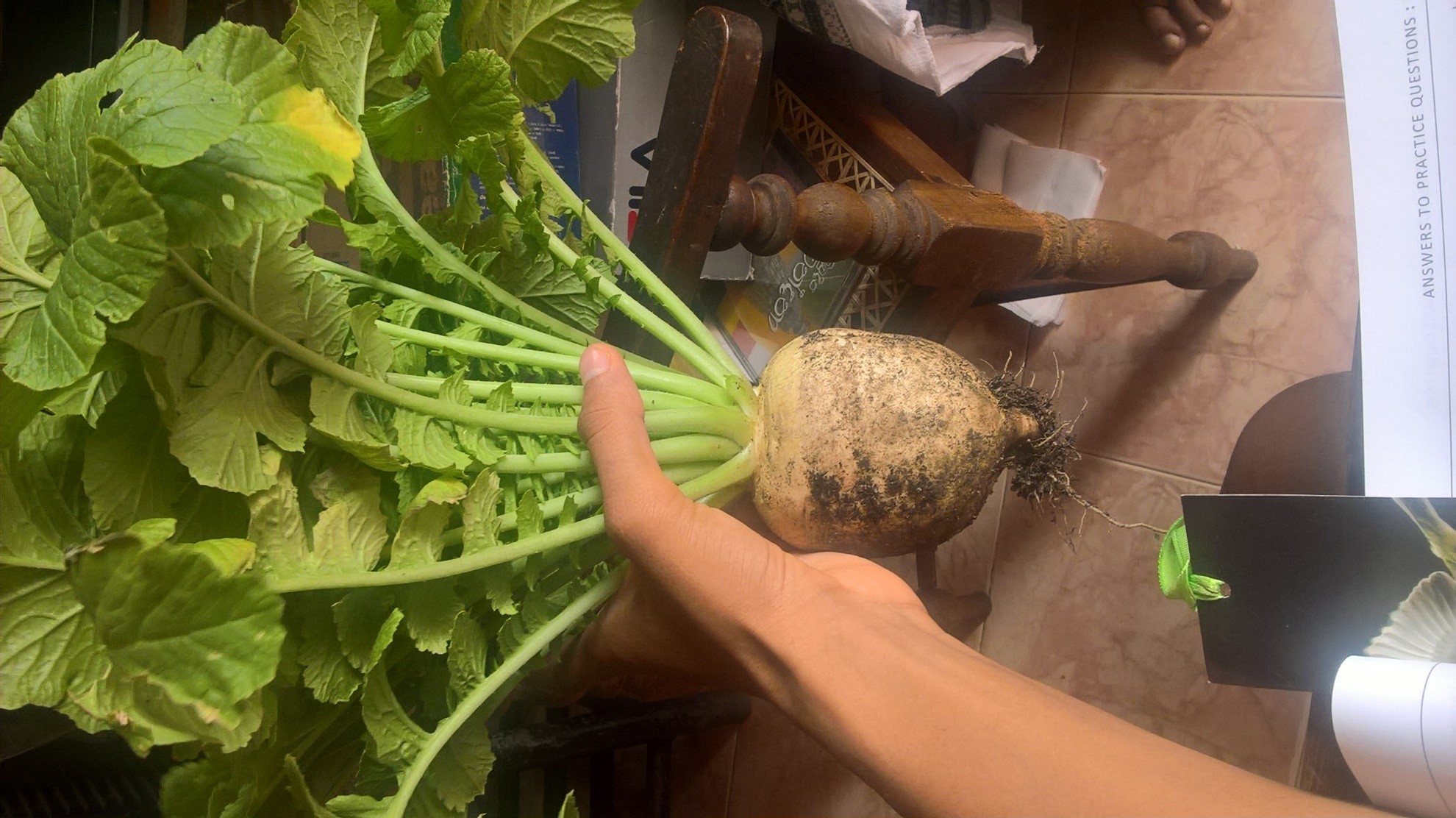
Rtr. Rahul Samarakone
